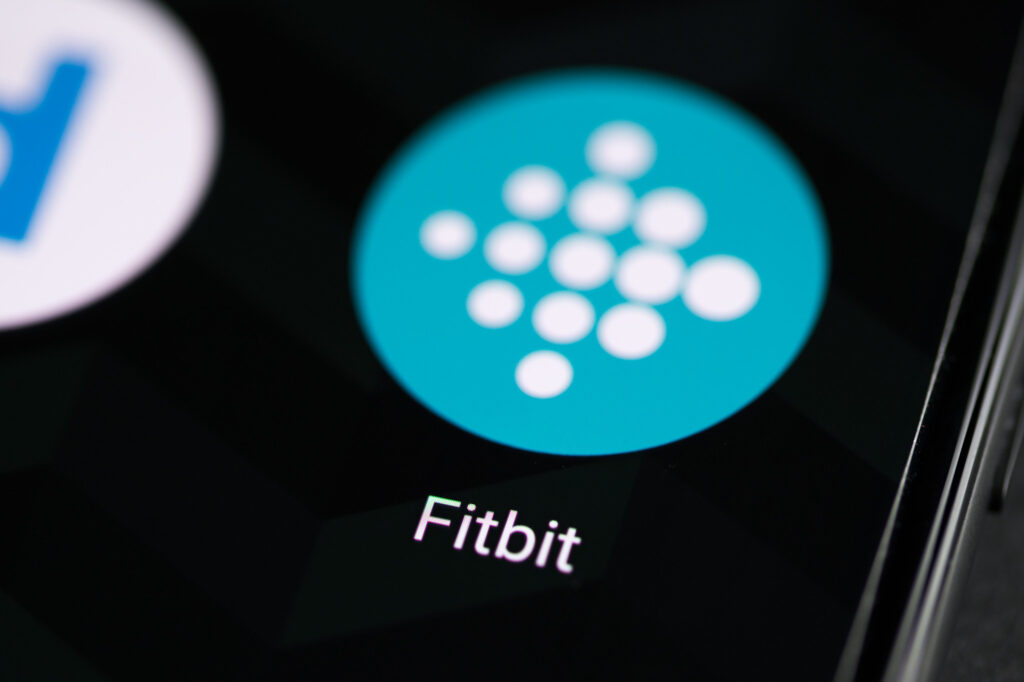
Wearable electronic devices are a big market but there are limitations created by the properties of the batteries that operate them. The ideal battery for wearable electronics would be soft and comfortable, stretchable, and washable. Researchers at the University of British Columbia have recently developed just such a battery. The work has been described in a new paper published in Advanced Energy Materials.
The battery encompasses a number of engineering advances. Traditional batteries are made from hard materials encased in a rigid external shell. The UBC battery is stretchable because its key components are ground into small pieces and then embedded in a rubbery polymer. Ultra-thin layers of these materials are then encased in the same polymer. This construction creates an airtight, waterproof seal.
The batteries survived 39 cycles in washing machines using both home and commercial-grade appliances. The batteries came out intact and functional.
The batteries use zinc and manganese dioxide chemistry which is safer than lithium-ion batteries in case they break while being worn.
The materials used are low-cost, so if the technology is commercialized, it will be cheap. When it is ready for consumers, it is likely to cost no more than existing batteries. Work is underway to increase the power output of the batteries and their cycle life. There is already commercial interest in the technology.
There are many potential applications for such batteries. Apart from watches and medical monitors, they might also be integrated with clothing that can actively change color or temperature. If the batteries are commercialized, they will make wearable power comfortable, convenient, and resilient.
**********
Web Links
Stretchy, washable battery brings wearable devices closer to reality
Photo, posted April 15, 2021, courtesy of Ivan Radic via Flickr.
Earth Wise is a production of WAMC Northeast Public Radio.
Leave a Reply